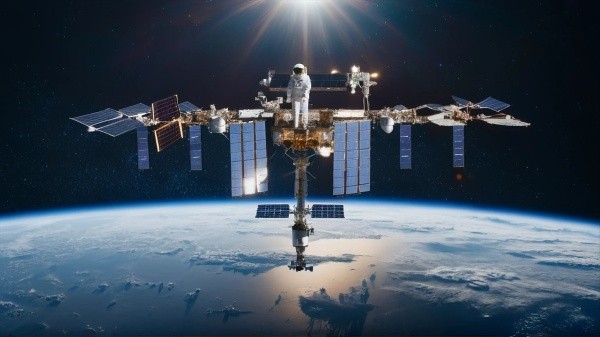Two NASA astronauts find themselves in an unexpected predicament, as what was intended to be an eight-day mission to the International Space Station (ISS) aboard Boeing's Starliner has extended well beyond two months. The spacecraft's capability to safely return the astronauts to Earth is now in question, presenting a unique and challenging situation.
The Problem with Starliner
Senior NASA officials have identified significant issues with the Starliner's multiple thrusters, including leaks in its propulsion system and instances of thrusters powering down. Despite extensive ground testing, the underlying physics behind these problems remain elusive. Interestingly, in orbit, the thrusters are now performing well, further complicating the situation.
Possible Solutions
Given the lack of confidence in the propulsion system, an immediate return for the astronauts in the Starliner is increasingly unlikely. One potential scenario involves sending the spacecraft back to Earth autonomously, without the astronauts. NASA is also considering the option of sending a four-seater SpaceX Crew Dragon spacecraft with just two astronauts on board to retrieve Williams and Wilmore, who would then remain on the station until February 2025.
Life on the ISS
Despite the challenges, life on the ISS continues, offering a mesmerizing view of Earth from the windows. Astronauts have been conducting science experiments and maintaining the station, showcasing resilience and adaptability in the face of unexpected circumstances.
Astronauts' Experience and Training
The stranded astronauts, Williams and Wilmore, are among NASA's most experienced, and their expertise has been invaluable in testing the Starliner and contributing to the station's operations. They have been actively involved in maintaining the station, conducting experiments, and even finding time for additional activities such as Olympic training.
The Starliner Dilemma and Future Missions
The challenges faced by the Starliner highlight the complexities and uncertainties inherent in space missions. Looking ahead, future missions, such as the upcoming Artemis II piloted by Victor Glover, emphasize the non-routine nature of space exploration and the need for continual vigilance and adaptability.
This situation underscores the unpredictable nature of space travel and the importance of thorough testing and preparedness for any eventuality. The resilience and adaptability of the astronauts in the face of these challenges are a testament to the human spirit and determination in the pursuit of exploration and discovery.








